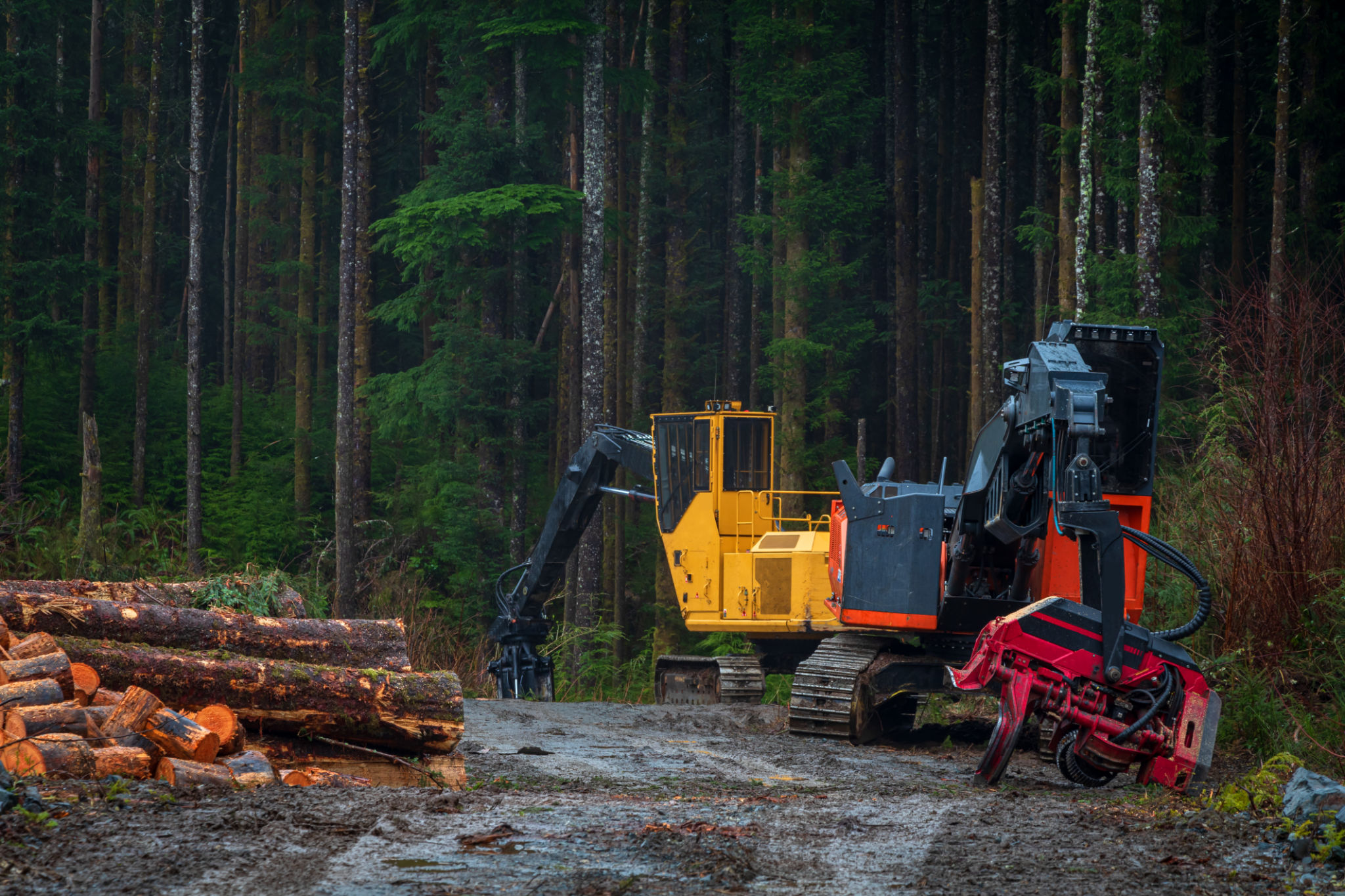Top 5 Land Clearing Mistakes and How to Avoid Them
RM
Understanding the Importance of Proper Land Clearing
Land clearing is a crucial step in preparing a site for construction, agriculture, or landscaping. It involves removing trees, shrubs, and other obstacles to make the land usable. However, improper land clearing can lead to various problems, including soil erosion and damage to surrounding ecosystems. In this article, we will discuss the top five land clearing mistakes and how you can avoid them.

Mistake 1: Neglecting to Plan Thoroughly
One of the most common mistakes in land clearing is inadequate planning. Skipping this step can result in unexpected issues that delay your project and increase costs. To avoid this, create a detailed plan that outlines the scope of work, necessary permits, and a timeline. Identify any potential challenges, such as rocky terrain or protected wildlife habitats, and have strategies in place to address them.
Mistake 2: Ignoring Environmental Regulations
Environmental regulations are in place to protect natural resources and habitats. Failing to comply can lead to hefty fines and legal complications. Before starting your project, research local laws and ensure you have the necessary permits. Consult with environmental experts if needed to understand how your land clearing activities might impact the environment and what steps you can take to minimize harm.

Mistake 3: Overlooking Soil Health
Healthy soil is vital for any land use, whether it’s for agriculture or construction. A common mistake is stripping the topsoil without considering its importance. Topsoil is rich in nutrients and organic matter necessary for plant growth. To preserve soil health, remove only what is necessary and consider implementing erosion control measures such as silt fences or cover crops.
Mistake 4: Using Inappropriate Equipment
Using the wrong equipment for land clearing can lead to inefficiencies and even accidents. Assess the type of vegetation and terrain before selecting machinery. For instance, a bulldozer might be suitable for large areas with few trees but could be overkill for smaller plots with delicate vegetation. Hiring experienced operators who know how to handle equipment safely can also prevent costly errors.

Mistake 5: Failing to Plan for Waste Disposal
Land clearing generates a significant amount of debris that needs to be disposed of responsibly. Many people overlook this aspect, leading to unsightly piles of waste or illegal dumping. Plan ahead by arranging for proper disposal methods, such as recycling wood into mulch or using it as firewood. Consider hiring a professional waste disposal service to ensure compliance with local regulations.
Conclusion: Avoiding these common land clearing mistakes requires careful planning, adherence to regulations, and consideration for environmental impact. By taking these steps, you can ensure that your project proceeds smoothly and sustainably.